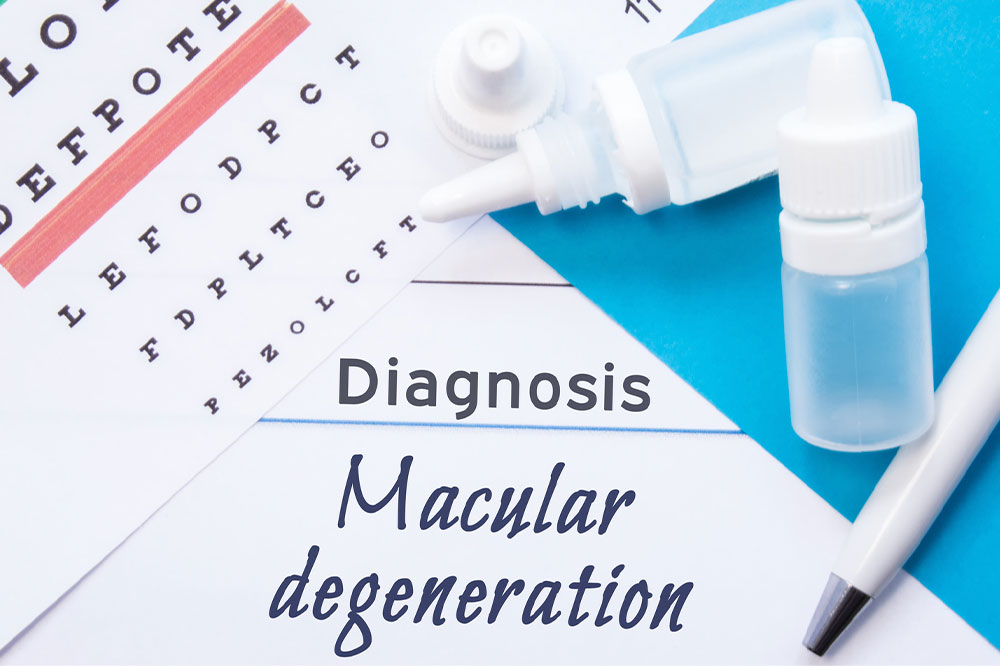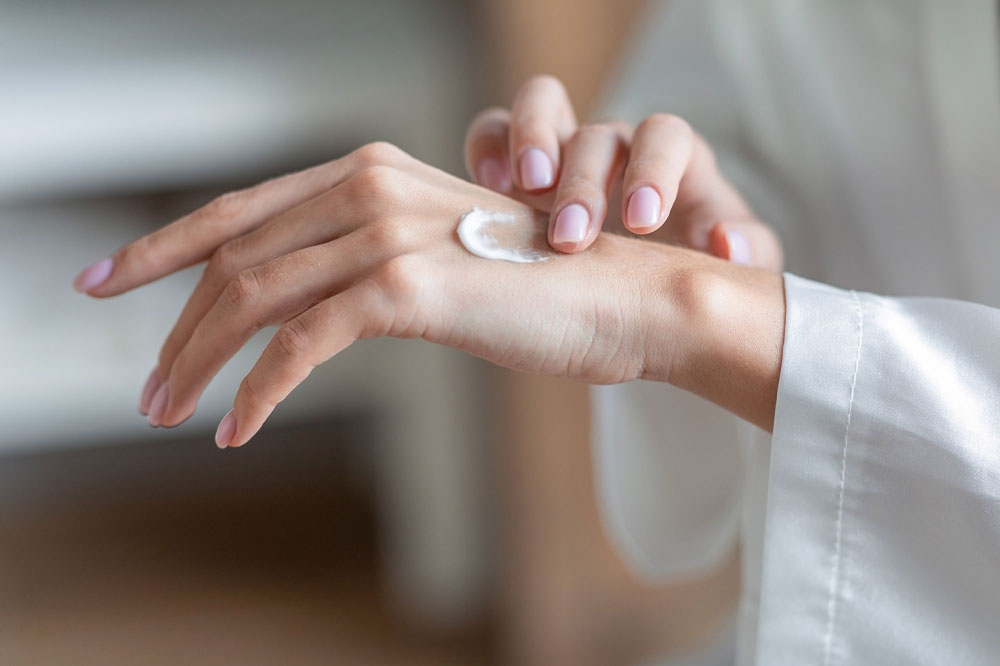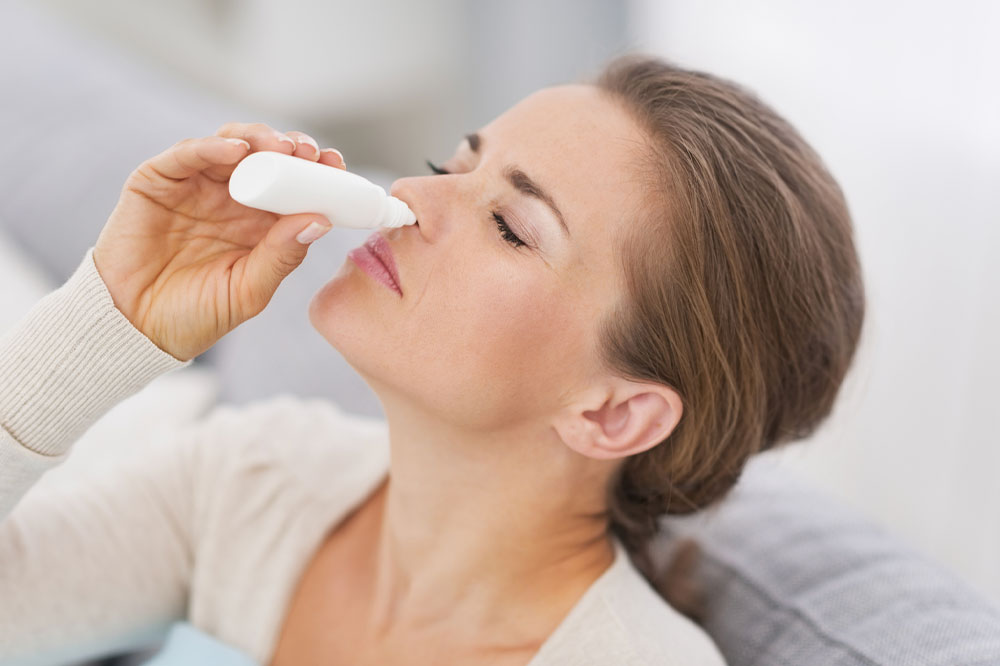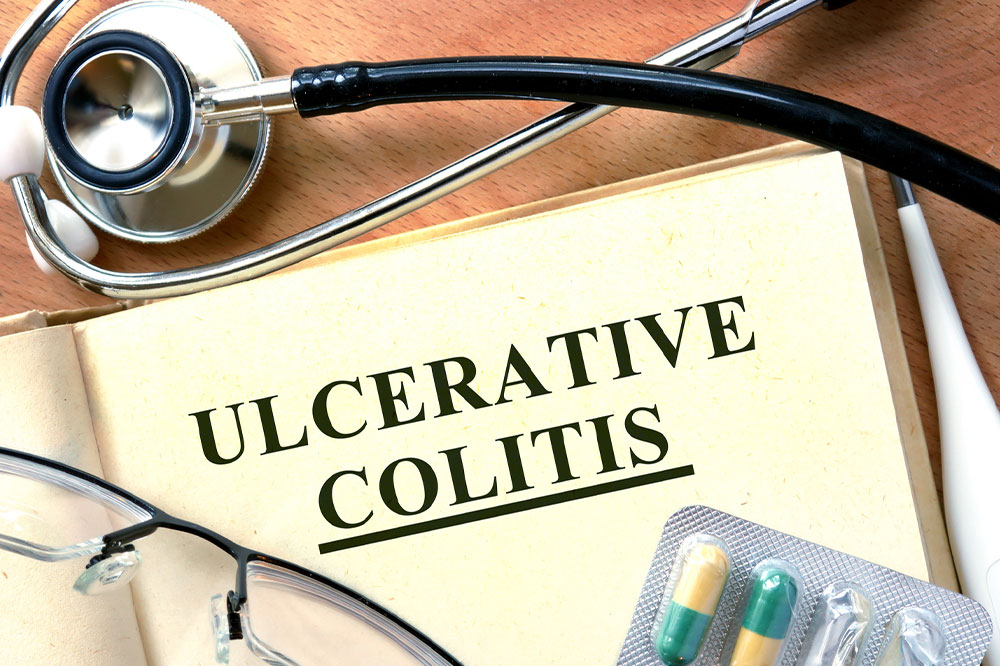Teeth Whitening – Types and Best Products

Teeth whiteners are an effortless way to brighten the teeth by several shades. They can also eliminate built-up stains from beneath the enamel. Peroxide-based chemicals, such as hydrogen peroxide or carbamide peroxide, are the main components of teeth-whitening solutions that lighten tooth enamel. Your best option for a long-lasting treatment is a peroxide-based procedure. Teeth-whitening kits and products are available in various forms, including toothpaste, strips, pens, and more, to suit any preference.
Product types
LEDs, pens, trays, strips, gel, and whitening kits contain ingredients that help in teeth whitening. These substances remove both intrinsic and extrinsic stains, which penetrate the enamel. Peroxide-based whitening is the most efficient because it oxidizes organic components and alters how light reflects from the surface.
Abrasives like hydrated silica and calcium carbonate or bleaching ingredients like perlite, hydrogen peroxide, or carbamide peroxide must be present in whitening products to be effective.
LED teeth whitening kits
LED teeth whitening whitens teeth using an LED and a tooth-whitening chemical, like hydrogen peroxide. LEDs are more durable and efficient than traditional types of lighting.
They do not require a warm-up period before turning on and operating at maximum capacity. It functions as a catalyst to quicken the whitening agent’s chemical reaction. The two types of peroxides that are most frequently used for bleaching are hydrogen and carbamide.
Colgate Optic White Advanced LED Whitening
It is cost-effective as compared to other brands, with a price of $50. It consists of 20 whitening vials and an LED whitening tray with an active ingredient, hydrogen peroxide. It displays results in 10 days, can offer up to 6 shades brighter than the existing tooth shade, and removes a decade of stubborn stains.
The product instructions for this whitening method are easy to understand, and the mouthpiece fits well, with no sensitivity issue. The only con of the product is charging pre and post-usage, which becomes hectic for some users.
SmileDirectClub Teeth Whitening Kit with LED Light – 8 Pack Gel Pens
Professional Strength Hydrogen Peroxide are costlier than the aforementioned product. It is priced at $67. The kit includes a flexible mouthpiece and gel with a tray, which needs to be applied for 5 minutes twice a day (ideally). It has an active ingredient called hydrogen peroxide and is best suited for sensitive teeth. The product description is a bit hard to read.
Crest Whitening Emulsions Leave-on Teeth Whitening with Built-in Applicator
The product is a gel-based pen applicator and uses active ingredients like hydrogen peroxide. The benefits of using the pen applicator are that it reaches the receding mouth surface and is sensitivity-free. The only drawback is that it has a semi-liquid texture, giving the mouth a dense feel. It costs around $50 and seems to be water-resistant, as per the description.
GO SMILE On the Go Teeth Whitening Pen
Priced at $40, this product minimizes irritation and claims to be good for temporary use. It consists of whitening actives like less concentrated hydrogen peroxide, and the result is instant, which is the best part about this product. It is recommended to use the product twice on a regular basis for two shade brighter look.
MOON Dissolving Whitening Strips
It is a $35 whitening leave-in strip with hydrogen peroxide. And it dissolves after about 15 minutes of application. One must apply it regularly for two weeks, twice a day, to have the best results. The best part is that it claims to give seven shades brighter teeth, and the product description is easy to understand.
The plastic strip, tray, or mold included in whitening trays and kits is used to administer the hydrogen peroxide bleaching agent directly to teeth. Results can be visible with repeated application with the teeth whitening kit, which is a must for three weeks to see the results.
It is required to be applied for 30 minutes to two hours; follow the instructions on the teeth whitening kit’s packaging for usage.
SmileDirectClub Bright On Teeth Whitening Kit
Priced at about $67, with claims of up to nine shades brighter in a week, this whitening tray has active ingredients like hydrogen peroxide and requires a regular application for positive results. The light tray can be plugged into the phone for spot application.
Optic White Renewal Teeth Whitening Toothpaste
It costs around $7, and consists of an active whitening agent like 3% hydrogen peroxide with silica (plus fluoride), which claims to offer results in four weeks of applications if used twice a day. It can remove up to a decade of yellow stains on teeth, but the results are limited till usage. It may not show any result after discontinuing the product.
Bite Toothpaste Bits Whitening Gel Teeth Whitening Kit
It’s created with a vegan formula, costs around $20, and might cause skin irritation, which may differ from person to person. Despite being gentle enough to be used by people with sensitive teeth, the vegan peroxide-based product works. To see results, simply apply it twice daily for two minutes. Each container has 28 applications’ worth of serum or a two-week supply.
SmileDirectClub Teeth Whitening Kit with LED Light – 9 Pack Gel Pens
It is available for $67 and uses LED light, which can be applied twice a day for a week for 5 minutes for the best results. It uses active and concentrated ingredients like 9% hydrogen peroxide. It is easy to apply and might result in minimal sensitivity on the application for some users.
Opting for effective products that use active ingredients with an acceptable standard and don’t harm oral health is a must. So, choose the best and ensure that your dental health is never compromised. Also, consult a dentist for advice before opting for such teeth whitening solutions.






